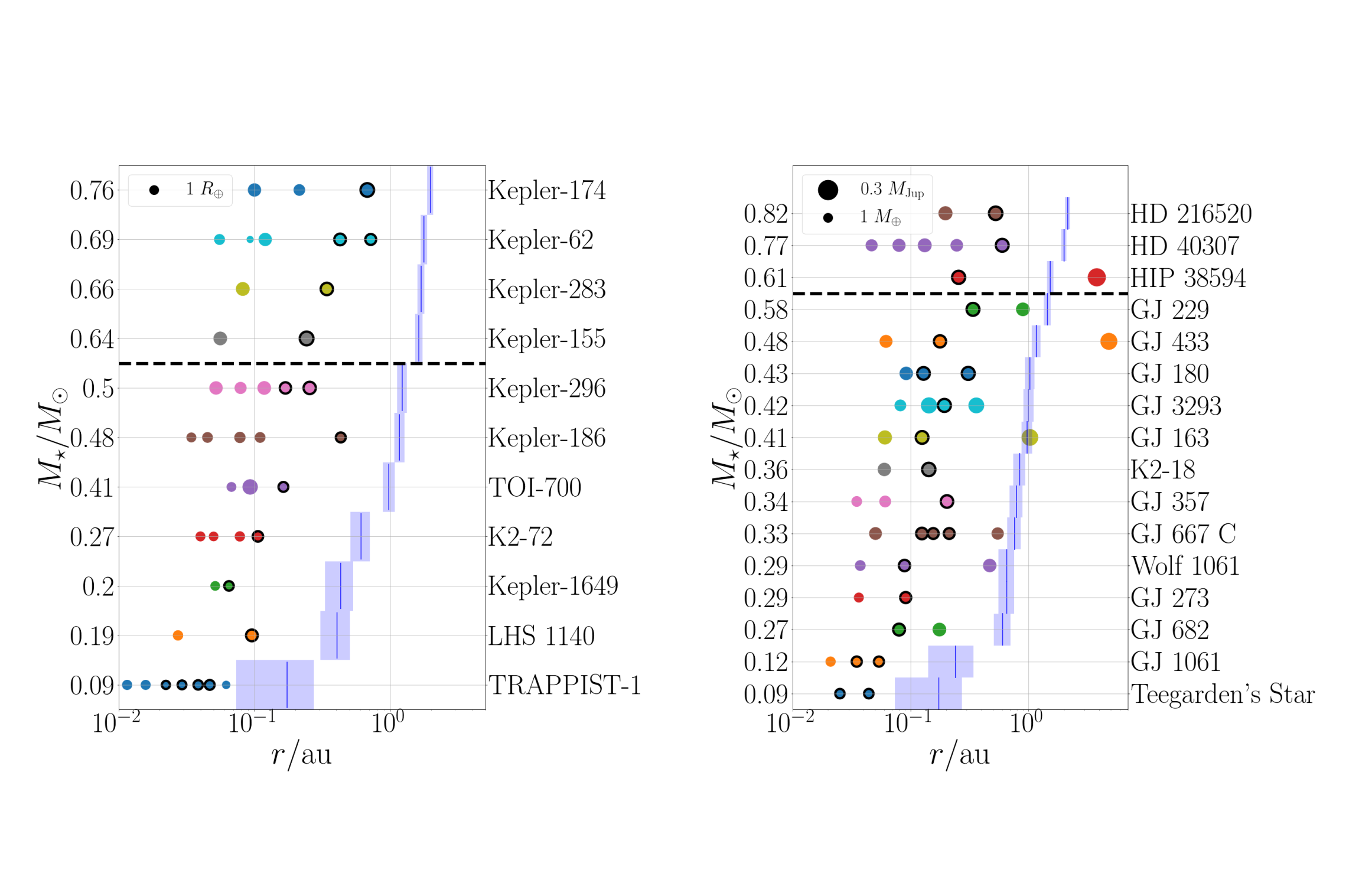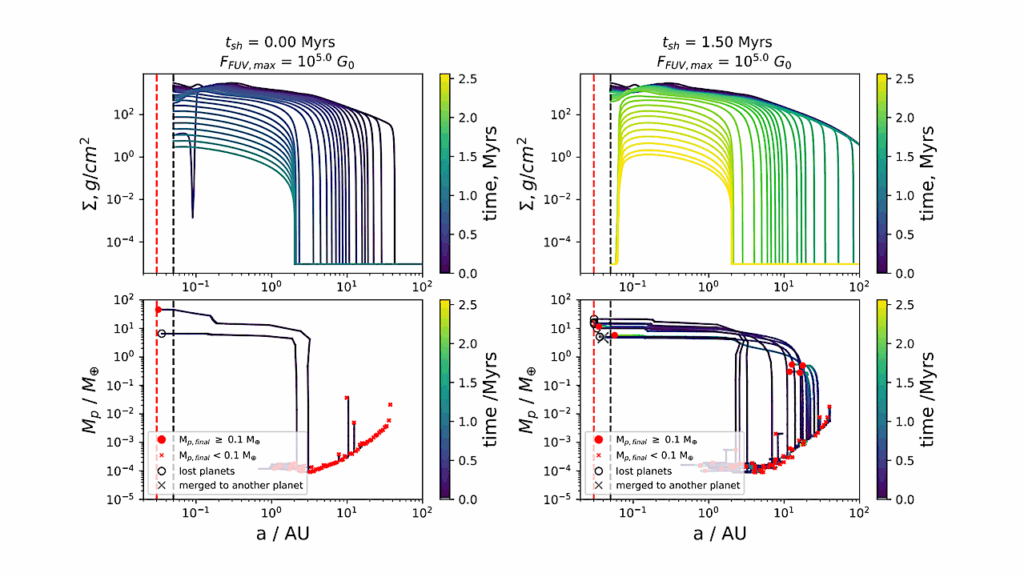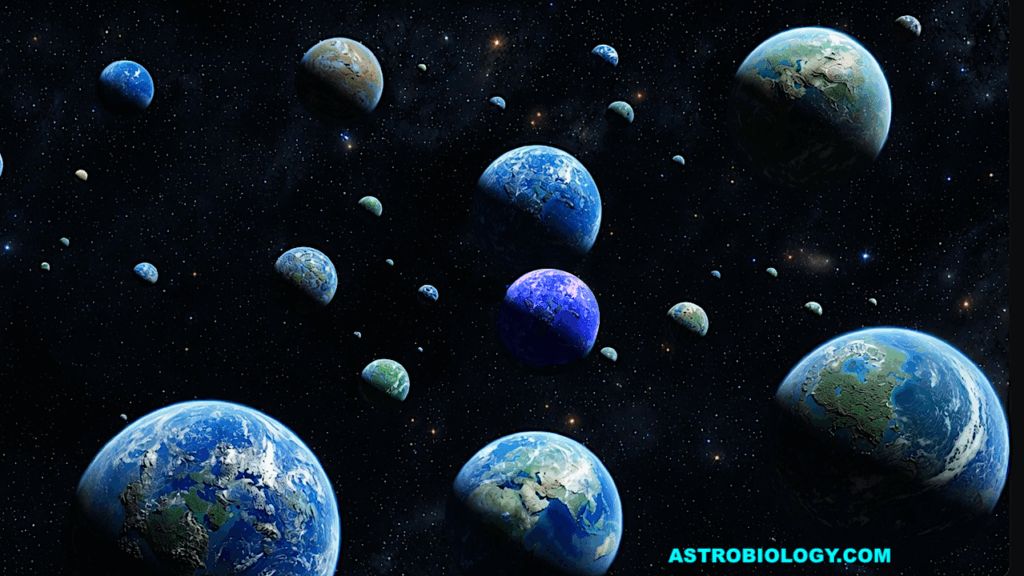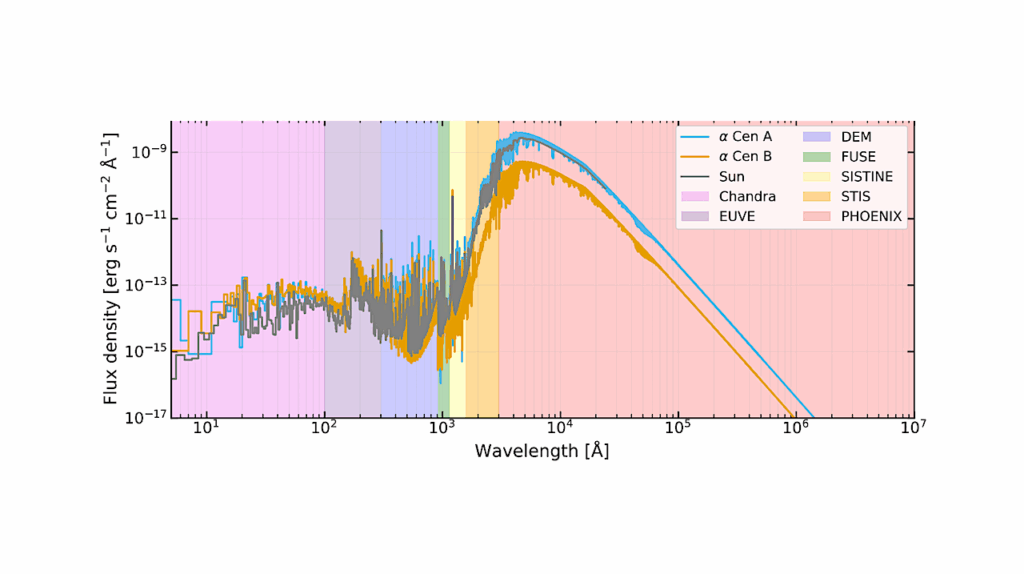Life On Exoplanets In The Habitable Zone Of M-Dwarfs?

Exoplanets orbiting in the habitable zone around M-dwarf stars have been prime targets in the search for life due to the long lifetimes of the host star, the prominence of such stars in the galaxy, and the apparent excess of terrestrial planets found around M-dwarfs.
However, the heightened stellar activity of M-dwarfs and the often tidally locked planets in these systems have raised questions about the habitability of these planets. In this letter we examine another significant challenge that may exist: these systems seem to lack the architecture necessary to deliver asteroids to the habitable terrestrial planets, and asteroid impacts may play a crucial role in the origin of life. The most widely accepted mechanism for producing a stable asteroid belt and the late stage delivery of asteroids after gas disk dissipation requires a giant planet exterior to the snow line radius.
We show that none of the observed systems with planets in the habitable zone of their star also contain a giant planet and therefore are unlikely to have stable asteroid belts. We consider the locations of observed giant planets relative to the snow line radius as a function of stellar mass and find that there is a population of giant planets outside of the snow line radius around M-dwarfs. Therefore, asteroid belt formation around M-dwarfs is generally possible. However, we find that multi-planetary system architectures around M-dwarfs can be quite different from those around more massive stars.
Anna C. Childs, Rebecca G. Martin, Mario Livio
Comments: Accepted for publication in ApJL, 10 pages, 3 figures
Subjects: Earth and Planetary Astrophysics (astro-ph.EP)
Cite as: arXiv:2209.02860 [astro-ph.EP] (or arXiv:2209.02860v1 [astro-ph.EP] for this version)
Submission history
From: Anna Childs
[v1] Tue, 6 Sep 2022 23:50:19 UTC (849 KB)
Full paper: https://arxiv.org/abs/2209.02860
Astrobiology








